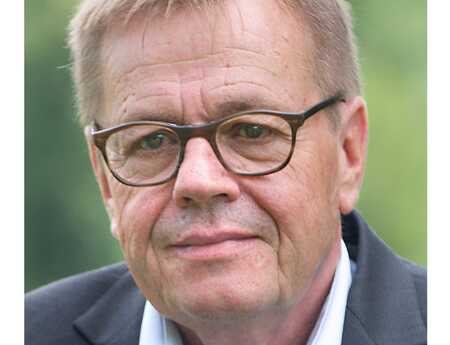Flowing Forms of Ropes, Fabrics, and Threads – the Weaver Tapta
In 1997, the Polish-Belgian artist Maria Irena Boyé died. As a little girl, she often arranged her toys in a circle, danced among them, and sang, "I am Tapta, Tapta, Tapta." Her family liked what they heard. Maria Irena became Tapta. She remained so forever.

Born in 1926, she fled to Belgium with her husband after taking part in the Warsaw Ghetto Uprising in 1944. She studied weaving at the National University of Fine Arts La Cambre in Brussels. Until 1990, she held a professorship there. Tapta was exploring the boundaries of weaving, and, above all, she was interested in probing and crossing these boundaries. "Viewers have to walk around my works or dive into them," she once said. She twisted lengths of already woven fabric, separated them, tied them back together again, or joined them with metal elements to form a whole, and she knotted thick ropes made of bundled cords or thin threads of yarn into organic forms. Her relief-like objects, reminiscent of works of 1960s kinetic art, protruded from the wall or hung from the ceiling, like roughly woven sacks, and delicate carrier bags, seemingly floating. The reliefs on the walls created shadows that moved along with the viewers. The outlines of the mushroom-like structures created from ropes swung above the floor, delineating a space within a space.
The installations of the artistic weaver Tapta were intended to expand people's view of the world, to open up new possibilities for them, and to sharpen their awareness of their surroundings. This would give rise to unexpected and unknown spaces, merging the real and the imaginary, the past and the future.

It had little in common with the traditional works of the Belgian tapestry weavers of Mechelen, Oudenaarde, or Tournai. Tapta was interested in other, experimental techniques. She was inspired by the weavings of indigenous peoples such as those found in New Guinea or Australia.
Tapta wanted to create ‘flowing spaces’ with her three-dimensional fabric structures to unleash, as she once said, ‘dynamic interactions’ with them. Her dream was one of creating objects with textile fabrics that would not only envelop people but also shelter and protect them from the outside world. She sought to expand the view towards the outside and draw attention to the new. Her flexible forms were conceived to interact with the viewer and to create zones of peace and friendship. Why not reunite? This yearning has always been and still is the hallmark of her work. Tapta died in 1997. Her woven installations were and are not experienced only visually but also involve tactile and physical sensation. They go beyond traditional boundaries and invite us to rediscover spaces and enable interaction. They are as relevant today as they were 40 years ago.

Written by Willy Hafner in German.





